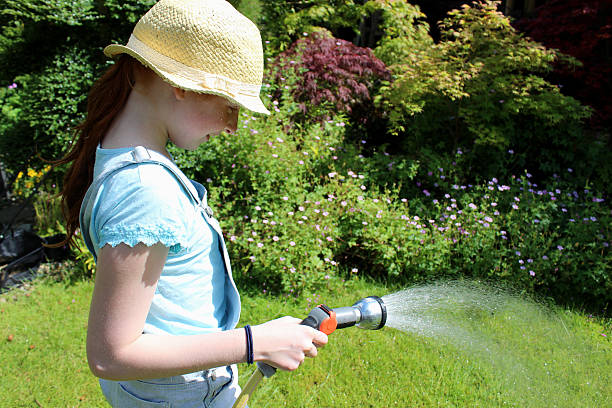1. Introduction of the Jacaranda to Australia:
Historical Context: The jacaranda tree, native to South America, was introduced to Australia in the 19th century as an ornamental tree for its vibrant purple blooms.
Adaptation and Growth: Flourishing in Australia’s climate, the jacaranda trees found favorable conditions, particularly in regions with warm weather.
2. The Blooming Season and Aesthetic Impact:
Springtime Spectacle: Jacaranda trees bloom in spring, typically from late October to November, painting the landscape in hues of purple.
Aesthetic Appeal: The canopy of purple flowers against the backdrop of clear blue skies creates a visually captivating scene, adorning streets and parks.
3. Cultural Significance and Traditions:
Symbol of Spring: Over time, the jacaranda’s blooming has become synonymous with the arrival of spring in Australia, signifying renewal and vitality.
Academic Tradition: The jacaranda’s bloom coincides with exam periods in some regions, and folklore suggests that students who haven’t started studying by the time the jacarandas bloom are doomed to fail.
4. Urban Landscapes and Heritage:
Iconic City Landmarks: Cities like Sydney, Brisbane, and Adelaide boast iconic jacaranda-lined streets and parks, attracting tourists and locals alike during the blooming season.
Cultural Heritage: The jacaranda has become an intrinsic part of Australian heritage, influencing art, literature, and local festivities celebrating the arrival of spring.
5. Community Engagement and Tourism:
Festivals and Events: Some regions host jacaranda festivals, featuring events, markets, and guided tours celebrating the tree’s blooming period.
Tourist Attractions: Jacaranda-lined streets and parks draw tourists, photographers, and nature enthusiasts, contributing to local economies.
6. Environmental and Ecological Impact:
Ecological Role: While admired for its aesthetic appeal, the jacaranda also provides ecological benefits, such as shading, oxygen production, and habitat for wildlife.
Sustainability Challenges: In some areas, the jacaranda’s non-native status poses challenges, impacting local ecosystems and requiring management to prevent invasiveness.
7. Social Media and Digital Culture:
Visual Symbolism: Jacaranda blooms are often shared on social media platforms, becoming a visual symbol of Australian spring and garnering widespread attention.
Digital Influence: Jacarandas’ popularity on social media platforms has contributed to their cultural significance and increased visibility globally.
8. Preservation and Future Outlook:
Conservation Efforts: Conservationists emphasize the importance of preserving the jacaranda’s heritage while addressing environmental concerns associated with its growth.
Adaptation and Climate Change: The impact of climate change on the jacaranda’s blooming season raises discussions on adaptation and conservation strategies.
Conclusion: The South American jacaranda tree has entrenched itself in Australian culture, symbolizing the arrival of spring and captivating communities with its stunning purple blooms. Its aesthetic allure, cultural significance, and impact on urban landscapes make it an integral part of Australian heritage, inspiring traditions, festivals, and social media trends. While celebrated for its beauty, efforts are underway to balance its conservation with environmental considerations, ensuring its continued cultural legacy while addressing sustainability challenges. The jacaranda’s symbolic representation of spring in Australia is not just a visual spectacle but a cultural emblem, weaving itself into the tapestry of the nation’s identity and heritage.



